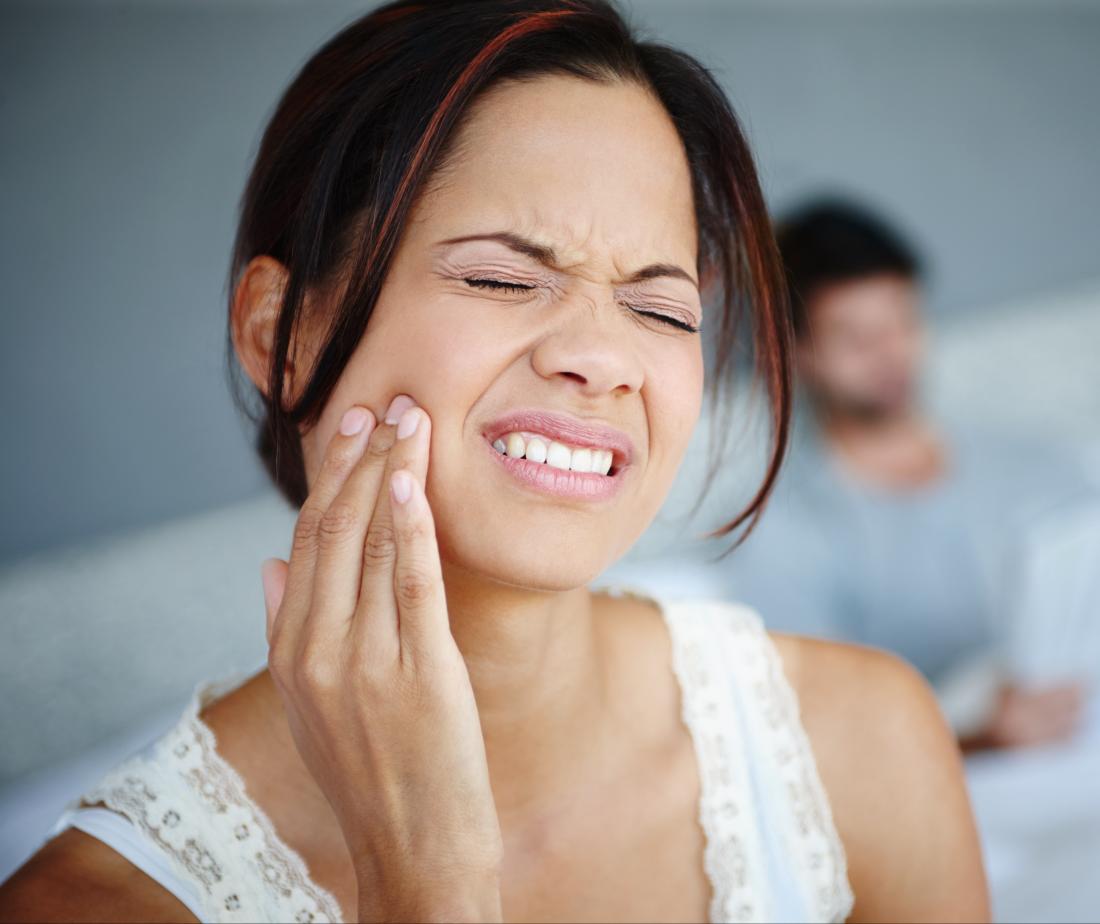Temporomandibular Joint Pain
Temporomandibular Joint, or TMJ is not a condition; it is a term used to refer to a joint around the jaw. Symptoms of TMJ Disorder include pain in the jaw and surrounding areas; limited ability to open your mouth and snapping noises when you move your jaw. Other symptoms include numbness of the jaw and temporal area. Some of the causes of TMJ include stress (grinding the teeth), direct trauma, or bad diet habits like chewing on one side a lot.
Studies have found that many TMJ disorder sufferers can get relief through acupuncture and acupressure.
There have been a number of studies validating the efficacy of acupuncture in treating dental pain. One review (The Use of Acupuncture in Dentistry: a Systematic Review, P. Rosted, MD, The Medical Acupuncture Webpage) evaluated 15 studies. Eleven of the 15 studies found acupuncture to be effective. Of these, 7 involved acupuncture analgesia, 4 involved the treatment of facial pain and TMJ Disorders. The author noted that 11 of the fifteen studies showed acupuncture to be more effective than placebo, non-standard (sham) acupuncture, or that it was able to produce better or similar results to an accepted treatment procedure.
Very fine and thin needles are inserted on traditional acupuncture points around the jaw, between the ear and mandible. Some needles may be threaded near or along the joint line. Electrical stimulation is usually employed to cause a more sustained analgesic effect by allowing very tight muscles to fatigue and eventually relax and release their grip on surrounding nerve bundles.
To make the treatments even more effective, techniques in manual therapy are employed. These consist of joint mobilization and soft tissue work to resolve an alignment problem around the jaw that makes surrounding muscles tight enough to irritate nerves.
The combination of the acupuncture and physical or manual therapy is so effective that it does not only provide symptomatic relief but also resolves the root or underlying mechanical problem.
Dr. Ramon Gutierrez at ARC
